Strict Standards: Only variables should be assigned by reference in /home/noahjames7/public_html/modules/mod_flexi_customcode/tmpl/default.php on line 24
Strict Standards: Non-static method modFlexiCustomCode::parsePHPviaFile() should not be called statically in /home/noahjames7/public_html/modules/mod_flexi_customcode/tmpl/default.php on line 54
Strict Standards: Only variables should be assigned by reference in /home/noahjames7/public_html/components/com_grid/GridBuilder.php on line 29
Pluto on the horizon
This new image of Pluto is stunning planetary scientists. It shows the small world's atmosphere, backlit by the sun. NASA says the image reveals layers of haze that are several times higher than predicted. The photo was taken by the New Horizons spacecraft seven hours after its closest approach to Pluto on Tuesday, July 14. New Horizons was about 1.25 million miles away from Pluto at the time.
Pluto on the horizon
Images taken of Pluto's heart-shaped feature, informally named "Tombaugh Regio," reveal a "vast, craterless plain that appears to be no more than 100 million years old," NASA said on Friday, July 17. The frozen region "is possibly still being shaped by geologic processes." NASA's New Horizons spacecraft was launched in 2006 and traveled 3 billion miles to the dwarf planet.
Pluto on the horizon
Close-up images of a region near Pluto's equator revealed a giant surprise: a range of youthful mountains. NASA released the image on Wednesday, July 15.
Pluto on the horizon
Remarkable new details of Pluto's largest moon, Charon, are revealed in this image released on July 15.
Pluto on the horizon
The latest spectra analysis from New Horizons' Ralph instrument was released on July 15. It reveals an abundance of methane ice, but with striking differences from place to place across the frozen surface of Pluto.
Pluto on the horizon
NASA team members and guests count down to the spacecraft's approach to Pluto on Tuesday, July 14.
Pluto on the horizon
This image of Pluto was captured by New Horizons on Monday, July 13, about 16 hours before the moment of closest approach. The spacecraft was 476,000 miles from Pluto's surface.
Pluto on the horizon
The colors in this image of Pluto and Charon are exaggerated to make it easy to see their different features. (These are not the actual colors of Pluto and Charon, and the two bodies aren't really that close together in space.) This image was created on July 13, one day before New Horizons was to make its closest approach to Pluto.
Pluto on the horizon
This image of Pluto was captured by New Horizons on Sunday, July 12. The spacecraft was 1.6 million miles from Pluto at the time.
Pluto on the horizon
New Horizons snapped this photo of Charon on July 12. It reveals a system of chasms larger than the Grand Canyon. The spacecraft was 1.6 million miles away when the image was taken.
Pluto on the horizon
New Horizons was about 3.7 million miles from Pluto and Charon when it took this image on Wednesday, July 8.
Pluto on the horizon
Do you see a heart on Pluto? This image was taken on Tuesday, July 7, by New Horizons when it was about 5 million miles from the planet. Look to the lower right, and you'll see a large bright area -- about 1,200 miles across -- that resembles a heart.
Pluto on the horizon
New Horizons took six black-and-white photos of Pluto and Charon between June 23 and 29. The images were combined with color data from another instrument on the space probe to create the images above. The spacecraft was 15 million miles away when it started the sequence and 11 million miles when the last photo was taken.
Pluto on the horizon
Pluto is shown here along with Charon in images taken on June 25 and 27. The image on the right shows a series of evenly spaced dark spots near Pluto's equator. Scientists hope to solve the puzzle as New Horizons gets closer to Pluto.
Pluto on the horizon
New Horizons took a series of 13 images of Charon circling Pluto over the span of 6½ days in April. As the images were being taken, the spacecraft moved from about 69 million miles from Pluto to 64 million miles.
Pluto on the horizon
Look carefully at the images above: They mark the first time New Horizons has photographed Pluto's smallest and faintest moons, Kerberos and Styx. The images were taken from April 25 to May 1.
Pluto on the horizon
New Horizons used its color imager to capture this image of Pluto and Charon on April 9. This was the first color image taken by a spacecraft approaching Pluto and Charon, according to NASA. The spacecraft was about 71 million miles away from Pluto when the photo was taken.
Pluto on the horizon
In August, New Horizons crossed the orbit of Neptune, the last planet it would pass on its journey to Pluto. New Horizons took this photo of Neptune and its large moon Triton when it was about 2.45 billion miles from the planet -- more than 26 times the distance between the Earth and our sun.
Pluto on the horizon
New Horizons captured this image of Jupiter and its volcanic moon Io in early 2007.
Pluto on the horizon
On its way to Pluto, New Horizons snapped these photos of Jupiter's four large "Galilean" moons. From left is Io, Europa, Ganymede and Callisto.
Pluto on the horizon
A white arrow points to Pluto in this photo taken in September 2006 from New Horizons. The spacecraft was still about 2.6 billion miles from Pluto.
Pluto on the horizon
Pluto was discovered in 1930 but was only a speck of light in the best telescopes on Earth until February 2010, when NASA released this photo. It was created by combining several images taken by the Hubble Space Telescope -- each only a few pixels wide -- through a technique called dithering. NASA says it took four years and 20 computers operating continuously to create the image.
Pluto on the horizon
This was one of the best views we had of Pluto and its moon Charon before the New Horizons mission. The image was taken by the European Space Agency's Faint Object Camera on the Hubble Space Telescope on February 21, 1994.
Pluto on the horizon
A Hubble Space Telescope image of Pluto and its moons. Charon is the largest moon close to Pluto. The other four bright dots are smaller moons discovered in 2005, 2011 and 2012: Nix, Hydra, Kerberos and Styx.
Pluto on the horizon
New Horizons launched from Florida's Kennedy Space Center on January 19, 2006. The probe, about the size of a piano, weighed nearly 1,054 pounds at launch. It has seven instruments on board to take images and sample Pluto's atmosphere. After it completes its five-month study of Pluto, the spacecraft will keep going deeper into the Kuiper Belt.

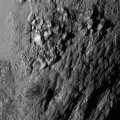


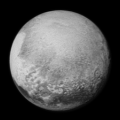
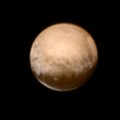
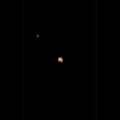
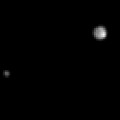
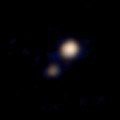
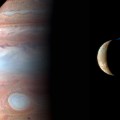



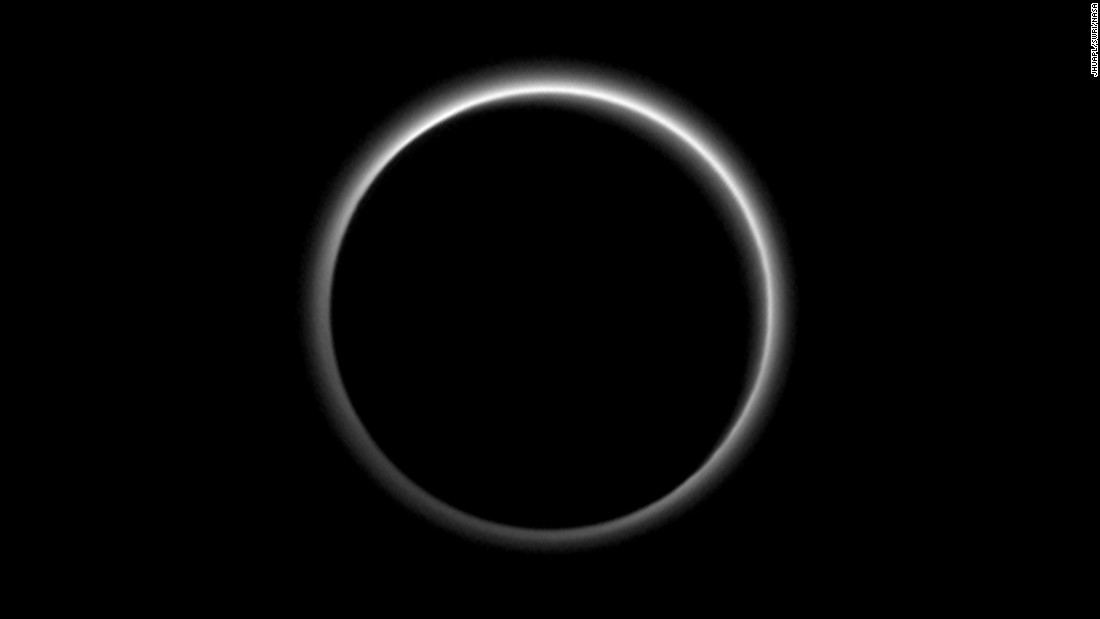
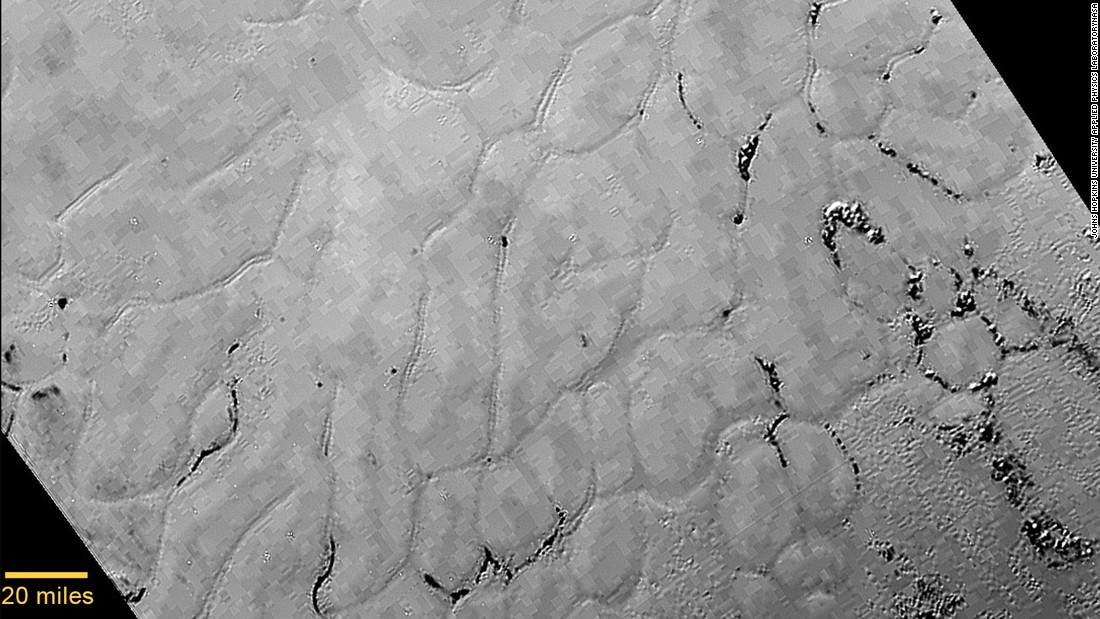
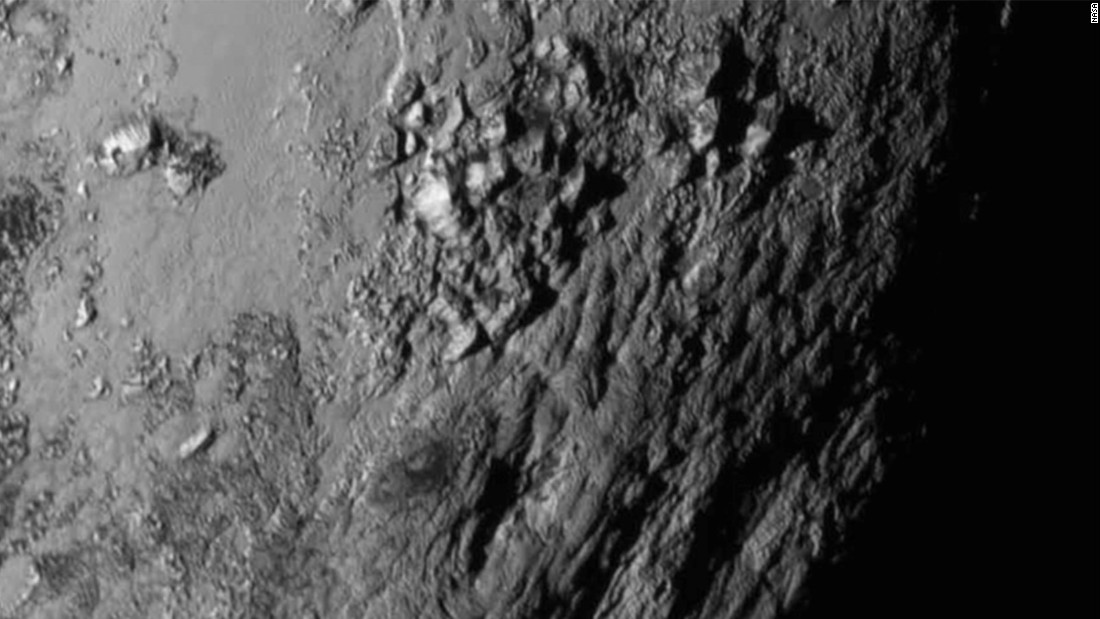
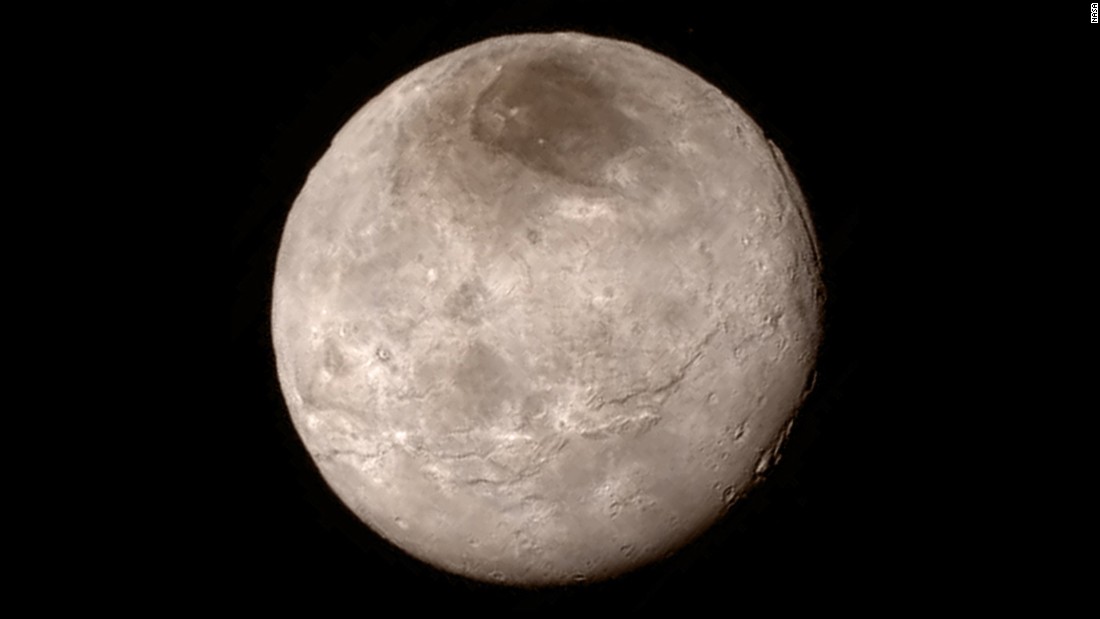
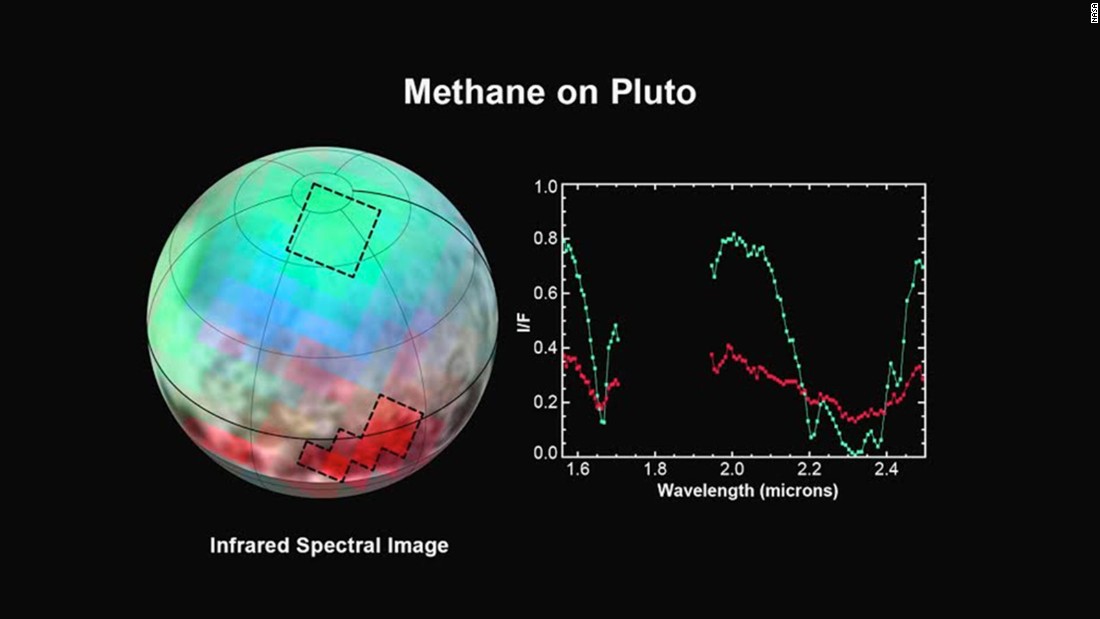

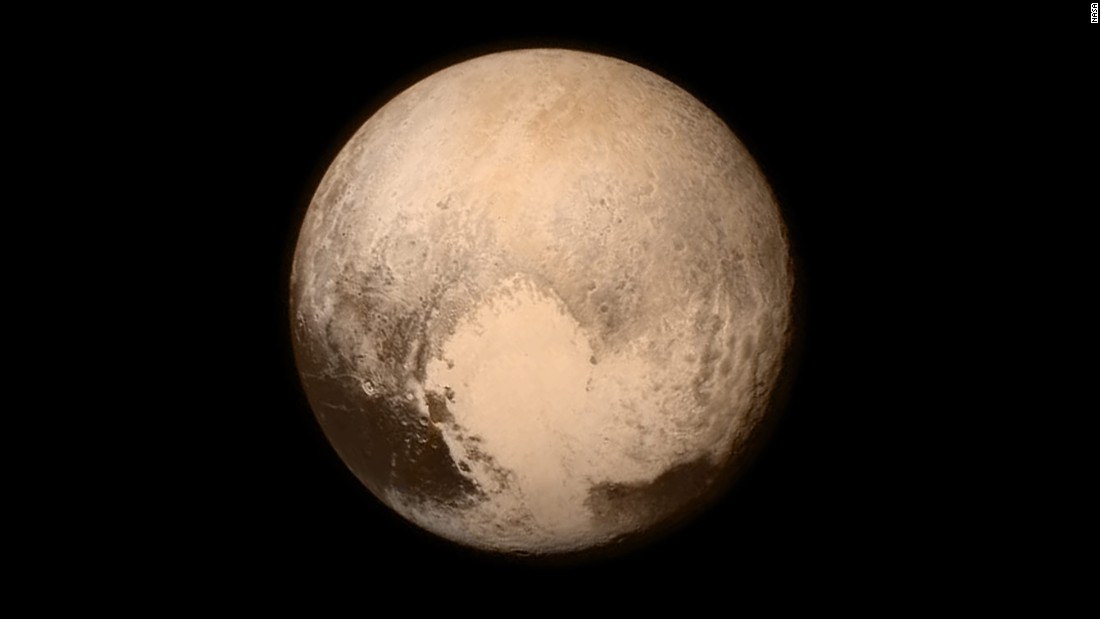
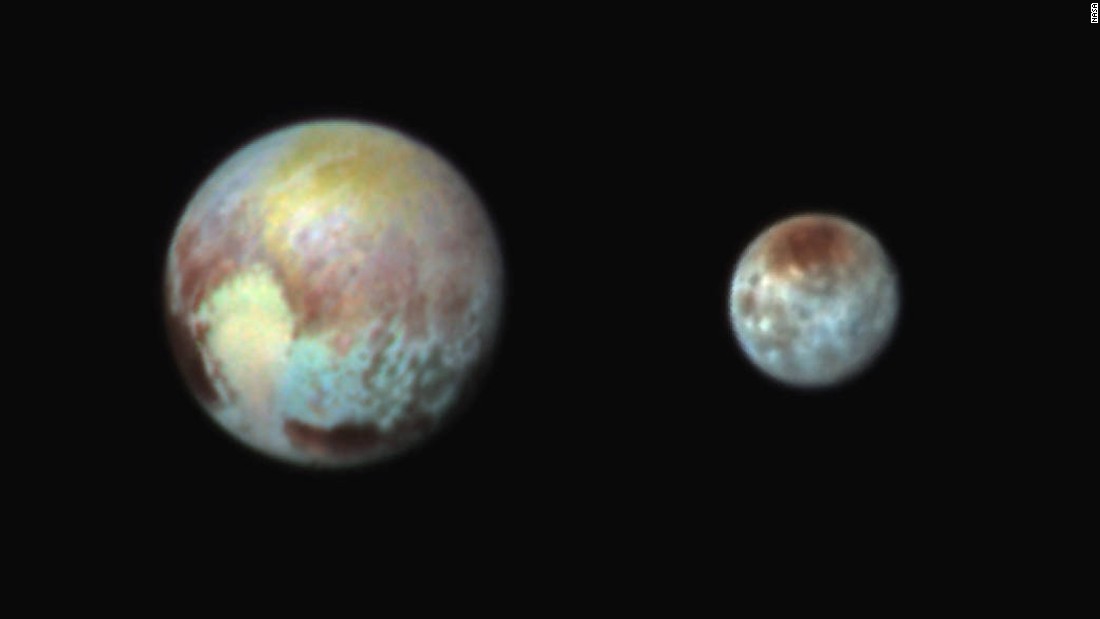
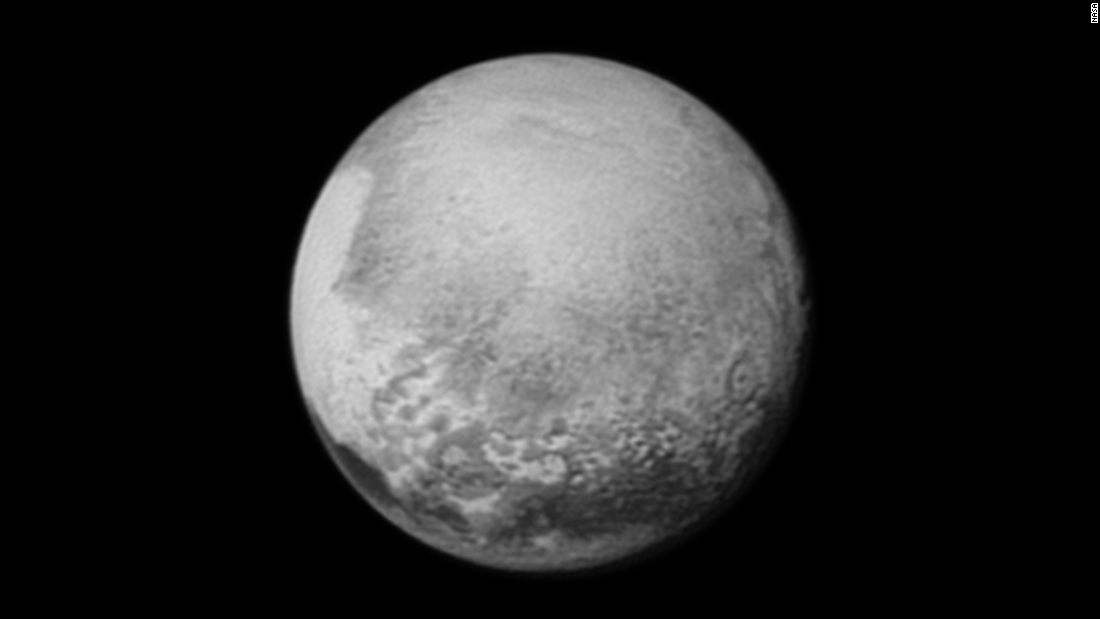
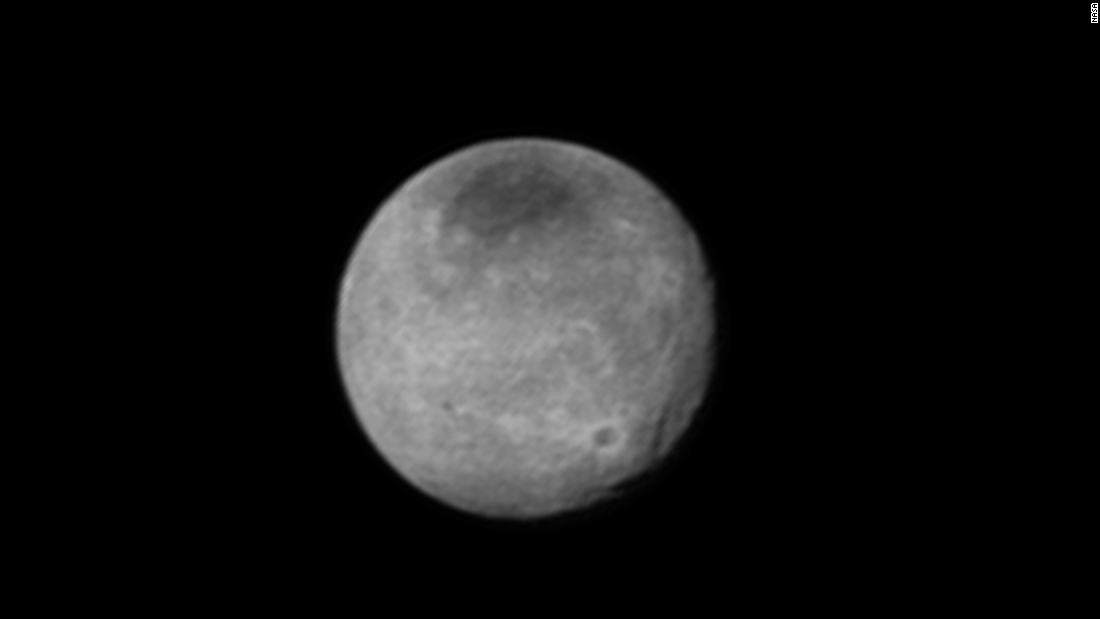



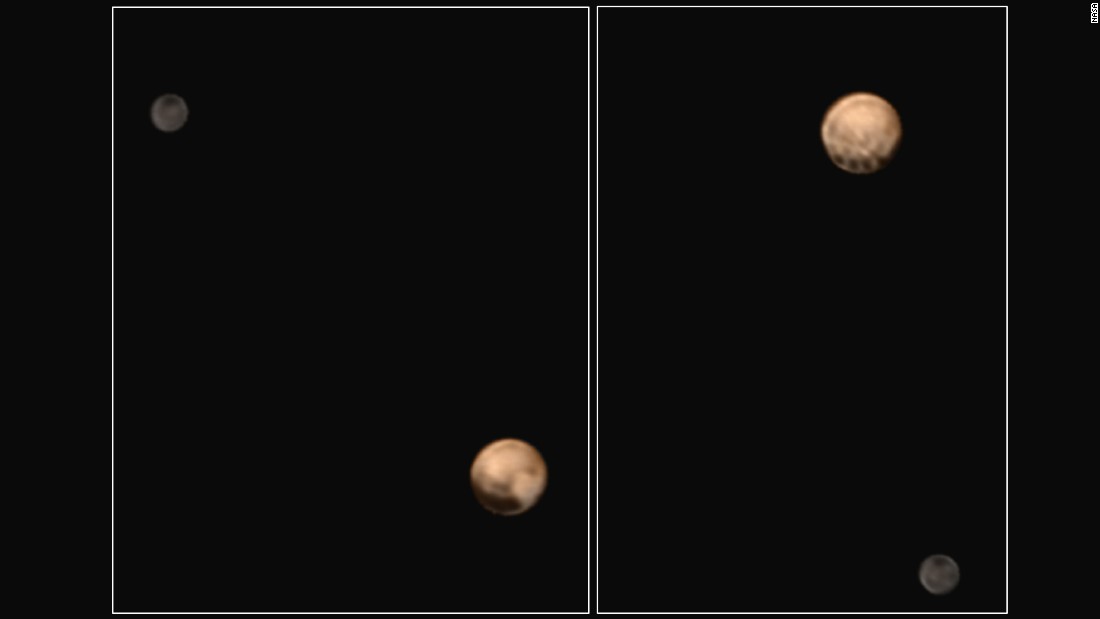
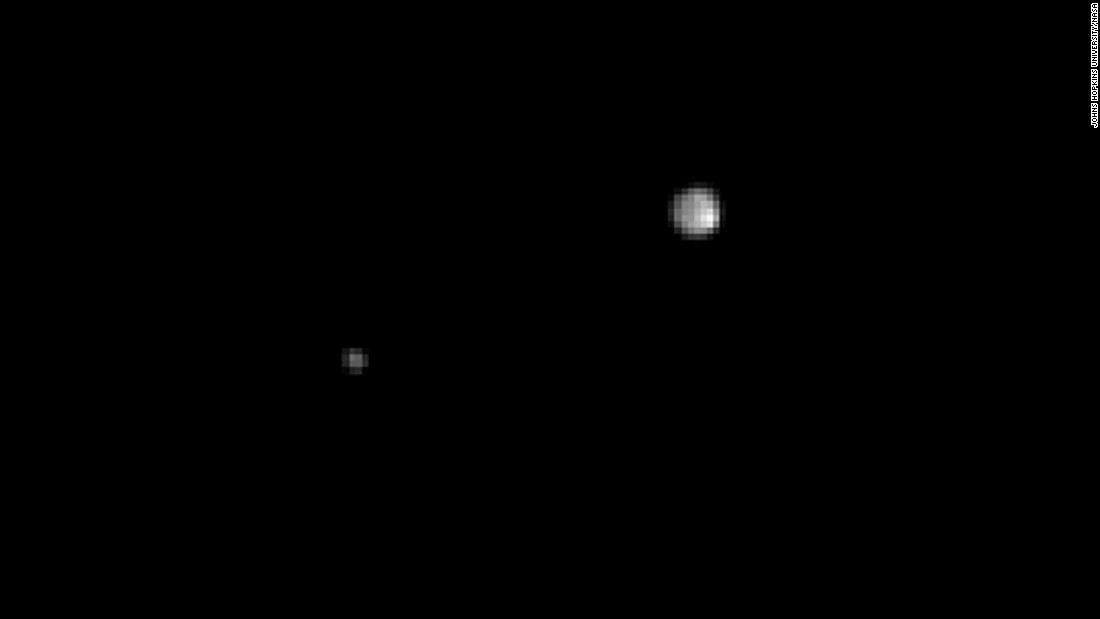

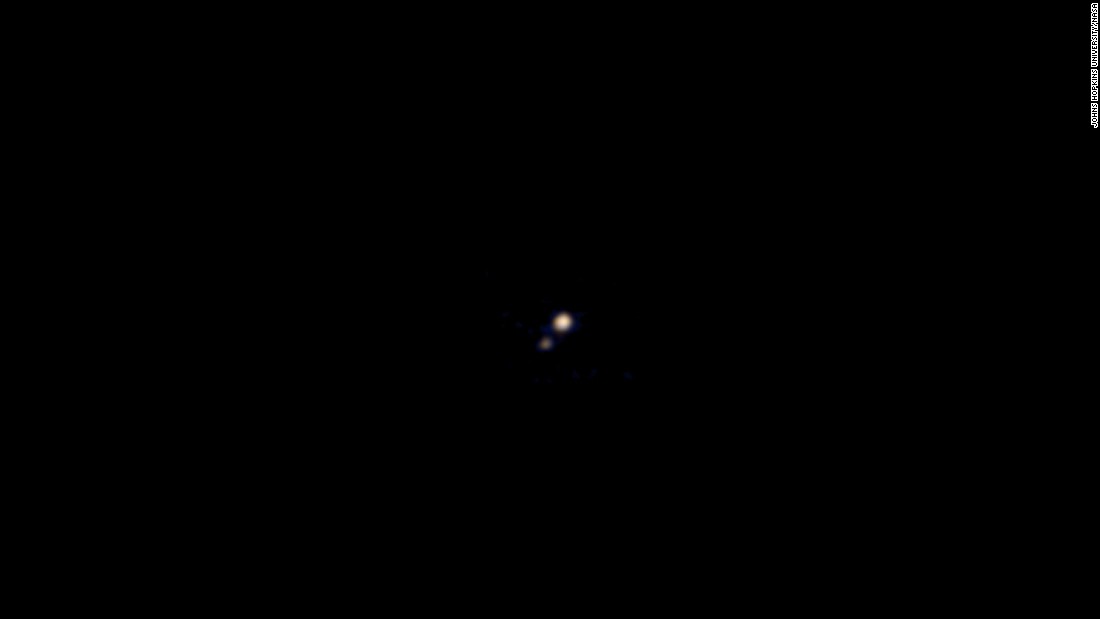
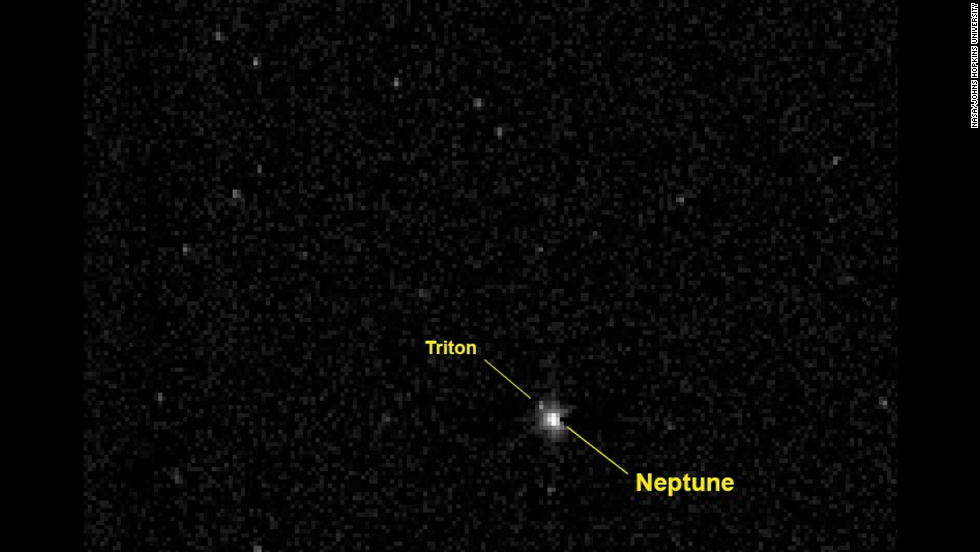
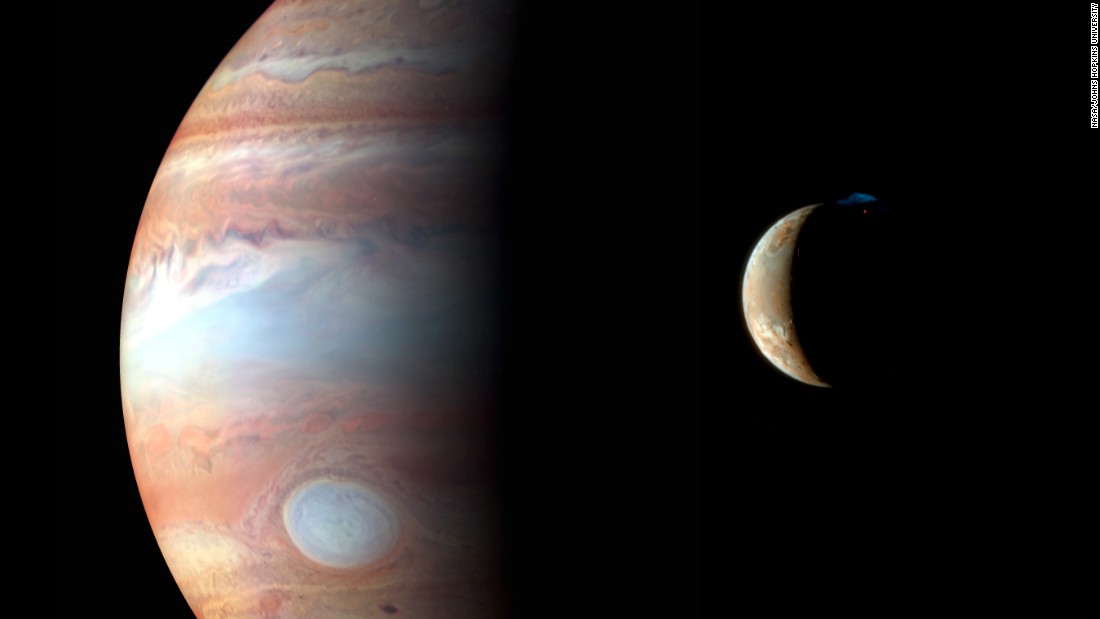
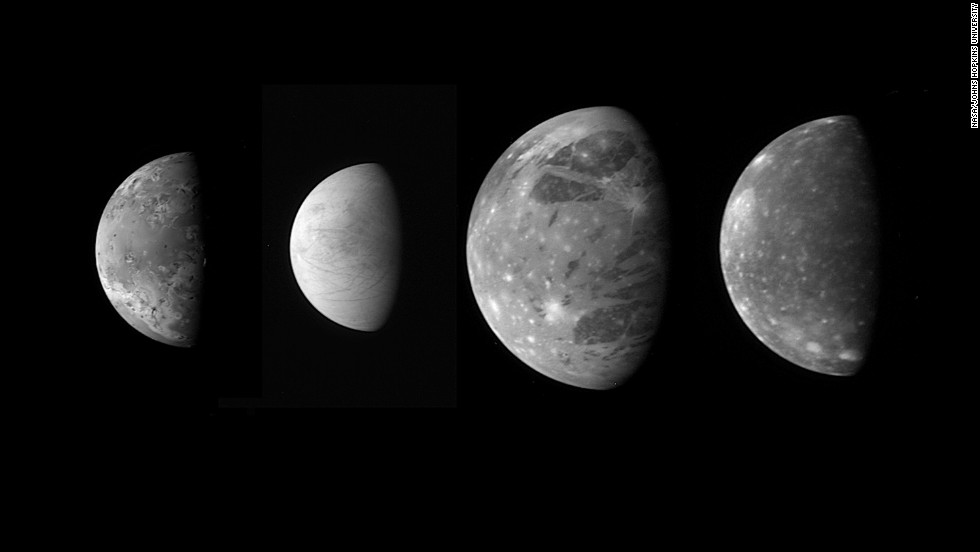
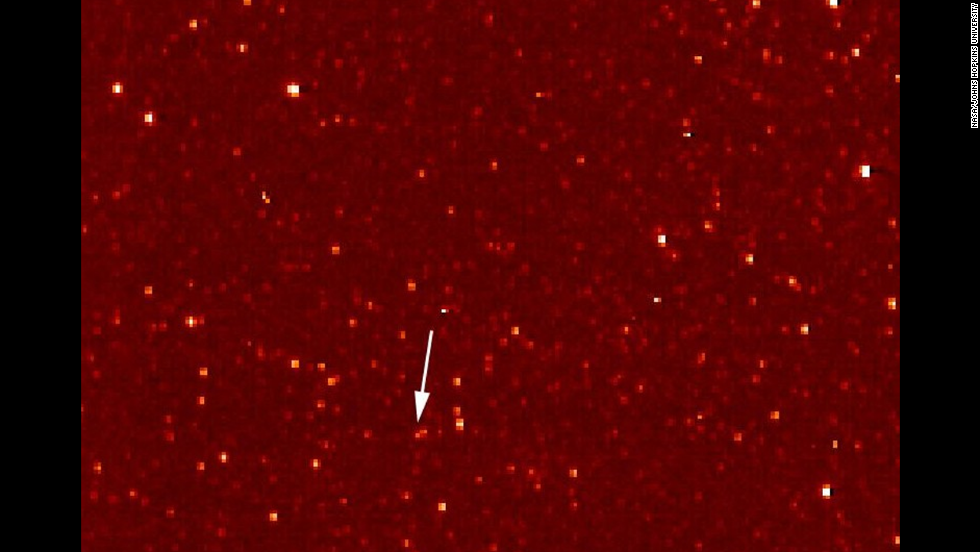
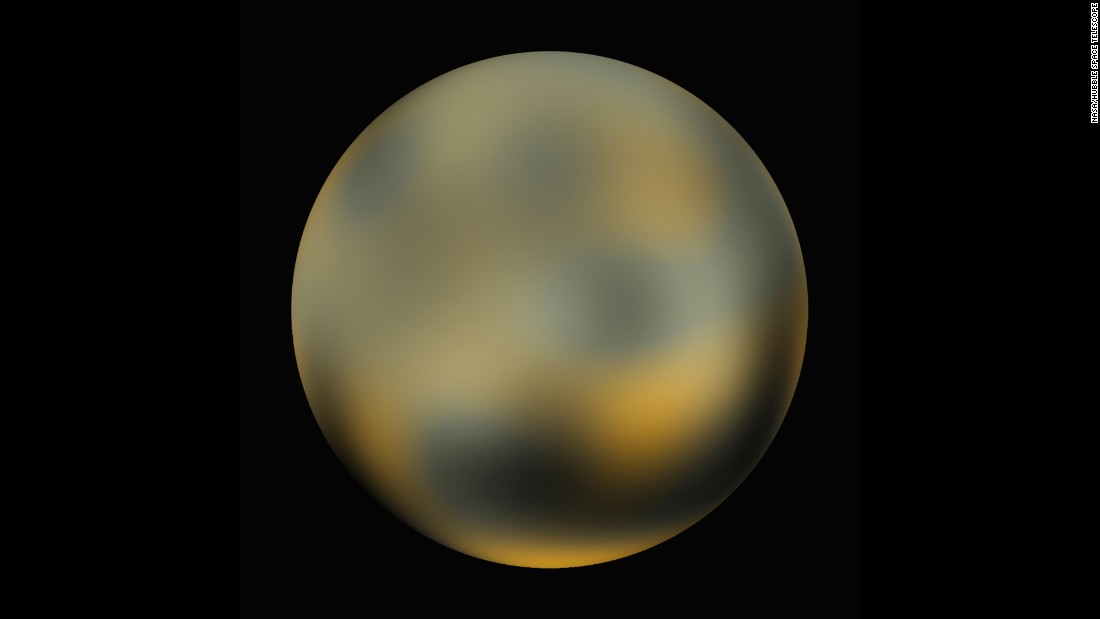
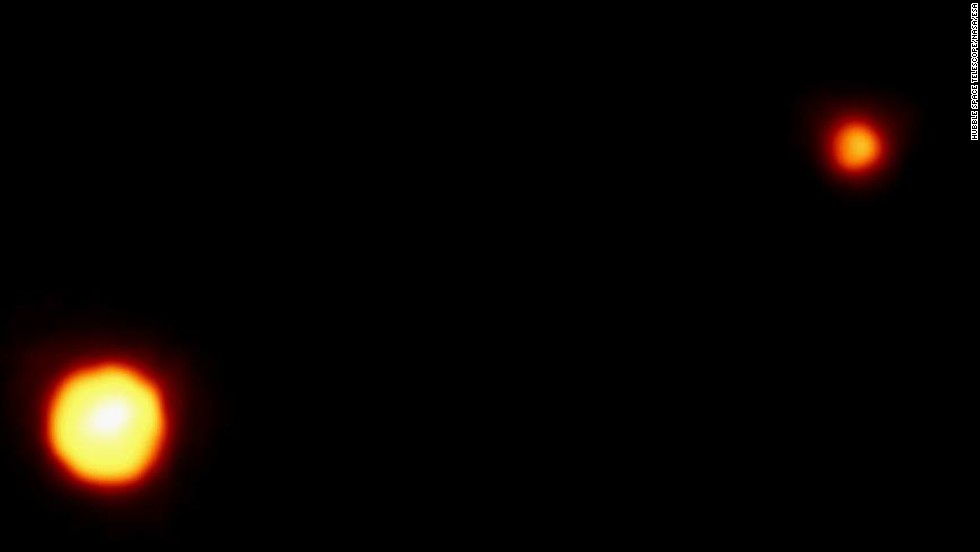
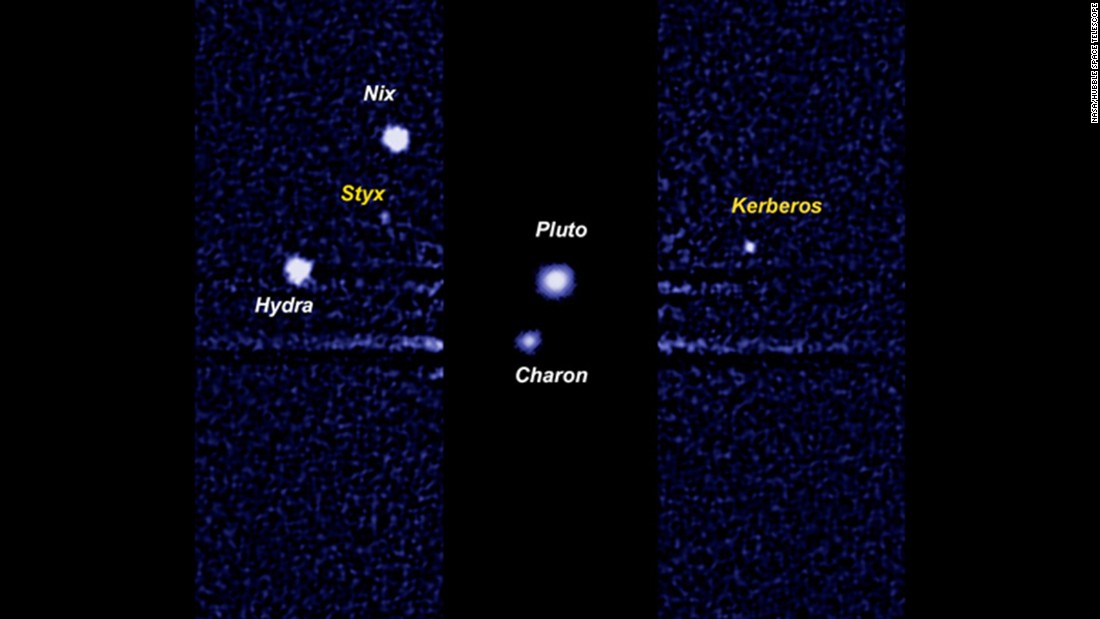
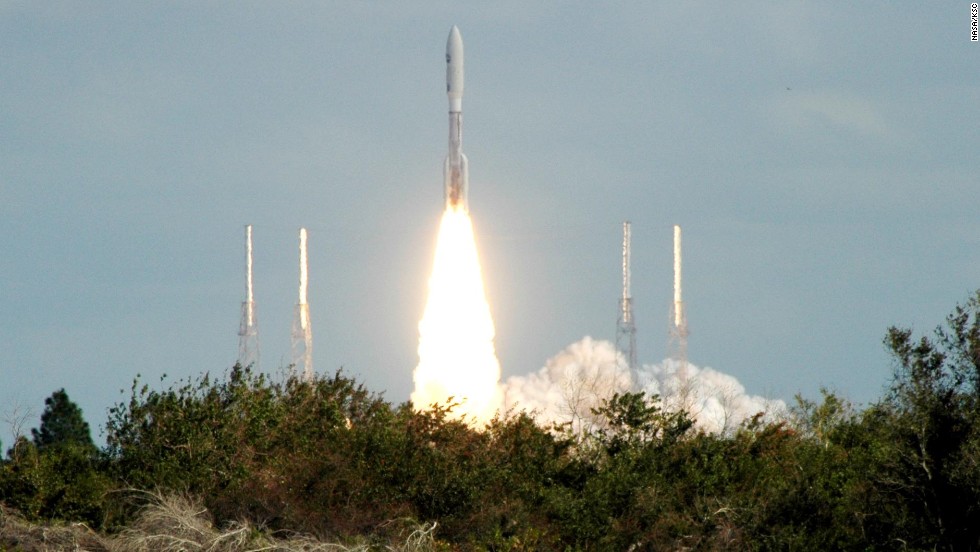
Strict Standards: Only variables should be assigned by reference in /home/noahjames7/public_html/modules/mod_flexi_customcode/tmpl/default.php on line 24
Strict Standards: Non-static method modFlexiCustomCode::parsePHPviaFile() should not be called statically in /home/noahjames7/public_html/modules/mod_flexi_customcode/tmpl/default.php on line 54
Find out more by searching for it!
